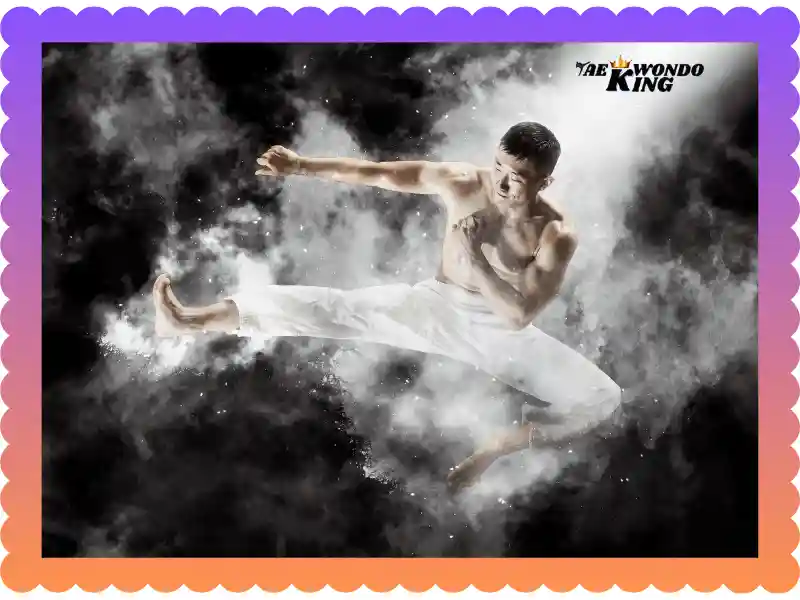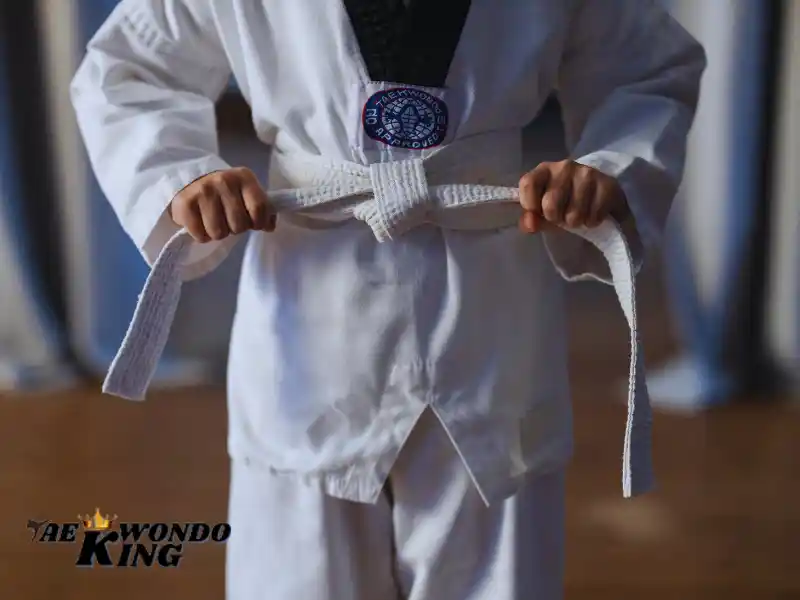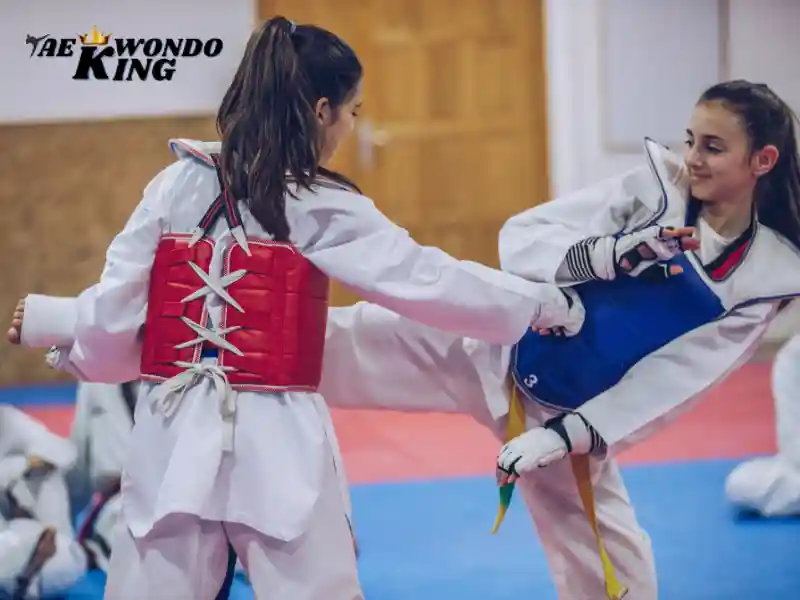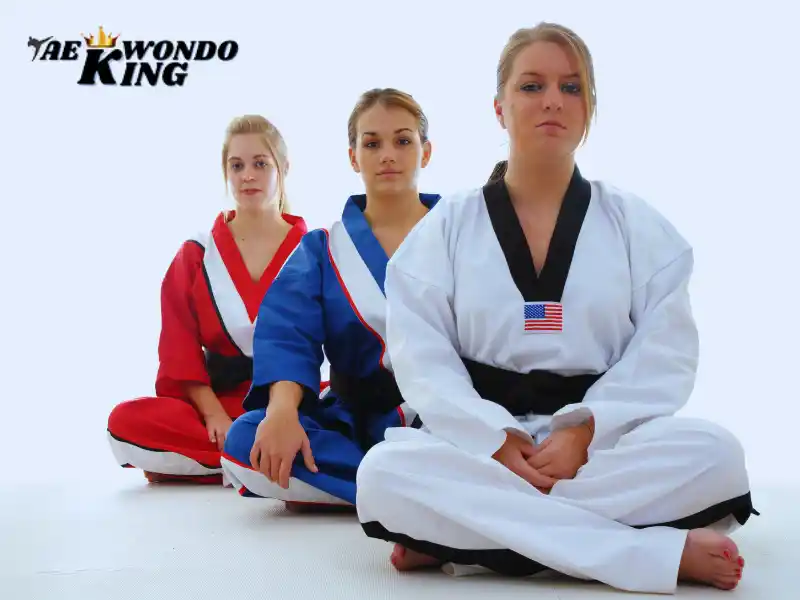
In the heart-pounding world of street fights, the fantasy of a single, invincible martial art is a tempting notion. But the reality is, there’s no one-size-fits-all answer to self-defense. It’s important to understand that there is no “ultimate” martial art, and instead, focus on practical self-defense techniques and street smarts. By learning from experienced instructors and understanding the realities of self-defense situations, you can develop the skills and mindset needed to protect yourself in any situation.
Here’s why, along with some highly effective “Ultimate” martial art that can equip you for unpredictable situations:
Why There’s No “Silver Bullet”:
- Street fights are chaotic: Unlike controlled environments, street fights are messy, often involving multiple attackers, surprise attacks, and unpredictable weapons.
- Mindset matters more than moves: Situational awareness, de-escalation tactics, and the ability to stay calm under pressure are crucial for self-defense success.
- Skill level trumps style: A well-trained practitioner of any martial art will likely fare better than a novice in another style.
Effective Martial Arts for Street Smarts:
Krav Maga (Israel):
Developed for real-world scenarios, Krav Maga prioritizes neutralizing threats quickly and efficiently. It incorporates strikes, grappling, and weapon defenses, making it a practical and effective system for street encounters.
Brazilian Jiu-Jitsu (BJJ):
BJJ empowers smaller individuals. This grappling art focuses on ground fighting, using technique and leverage to control and potentially submit a larger opponent. Ideal for self-defense situations where you might end up on the ground.
Muay Thai (Thailand):
“The Art of Eight Limbs” utilizes devastating strikes from elbows, knees, shins, and fists. Muay Thai’s clinch fighting and focus on powerful blows make it a great choice for developing self-defense reflexes and close-quarter combat skills.
Beyond the Technique:
Develop Situational Awareness:
Be aware of your surroundings, avoid isolated areas, and trust your gut instincts. De-escalation is always the preferred option if possible.
Maintain Physical Fitness:
Regular exercise improves your cardiovascular health, strength, and agility, all of which can benefit you in a self-defense situation.
Seek Professional Training:
Enroll in a reputable martial arts gym with qualified instructors. Consistent training is key to developing muscle memory and refining self-defense skills.
Remember:
The best martial art for street fights is the one you train in consistently and can effectively apply under pressure. Supplement your physical training with situational awareness and de-escalation tactics for a well-rounded self-defense approach.
FAQs
Why doesn’t Goku use Martial Arts?
Goku, the main character in the Dragon Ball series, is primarily a skilled martial artist. However, his use of superhuman strength and energy-based attacks often take center stage in the show. This is because the series focuses heavily on fantastical abilities and the use of energy-based attacks in combat. While Goku’s martial arts training is still significant, it is often overshadowed by the more flashy and powerful techniques he uses in battles.
What did Bruce Lee say about Martial Arts?
Bruce Lee is known for his famous quote, “I fear not the man who has practiced 10,000 kicks once, but I fear the man who has practiced one kick 10,000 times.” This quote highlights the significance of mastering the basics and prioritizing quality over quantity in martial arts training.
According to Lee, true skill and effectiveness come from perfecting a few fundamental techniques, rather than trying to learn a wide range of moves without mastering any of them. This philosophy remains influential in the world of martial arts and beyond.
Was Bruce Lee a black belt?
Bruce Lee did not hold a traditional black belt in any specific martial art, but he did have a black belt in the style he developed, Jeet Kune Do. He believed traditional martial arts were too restrictive and began to develop his style, which eventually became known as Jeet Kune Do. Although he did not believe in the concept of belts, his students and followers would often refer to him as a black belt as a sign of respect for his skill and knowledge in martial arts.
Are Martial Arts useless for street self-defense?
Not! Martial arts offer valuable skills:
- Confidence and Awareness: Training boosts confidence and situational awareness, deterring potential attackers.
- Self-Defense Techniques: Martial arts provide practical techniques for defense, like strikes, takedowns, and grappling.
- Physical Fitness: Martial arts training improves your physical fitness, giving you an edge in a fight-or-flight scenario.
What Martial Arts are good for street self-defense?
A: Several styles offer practical self-defense applications:
- Krav Maga: Emphasizes instinctive reactions and disarming techniques for real-world situations.
- Muay Thai: “The Art of Eight Limbs” utilizes powerful strikes for self-defense.
- Brazilian Jiu-Jitsu: Focuses on ground fighting and grappling, allowing you to control attackers.
What’s more important than Martial Arts training for self-defense?
- Street Smarts: Be aware of your surroundings, trust your gut instincts, and avoid potentially dangerous situations.
- De-escalation: If possible, try to de-escalate a situation before it turns physical.
- Emergency Response: Know how to contact emergency services and have a plan in case of an attack.
What’s the single most effective Martial art for self-defense on the street?
There isn’t a magic bullet! The best martial art for self-defense depends on the situation and the individual. Here’s why the concept of an “ultimate” art is a myth:
- Context Matters: Street fights are unpredictable. What works in a controlled dojo environment might not translate to a real-world attack.
- Skill Over Style: A skilled practitioner in any style can be formidable. Focus on finding a good instructor and consistent practice.
- Adaptability is Key: The best self-defense involves awareness, de-escalation tactics, and the ability to adapt to the situation.

Founder, Owner, and CEO of TaekwondoKing.
He is one of the top 100 martial artists in the World and among the top 20 referees in Bangladesh.
Ehatasamul Alom is an esteemed Kukkiwon Certified Taekwondo 3rd Dan Black Belt with over 15 years of experience in this dynamic martial art. Born in Rajshahi, Bangladesh, Ehatasamul’s journey with Taekwondo began at the tender age of seven. His passion led him to compete at national and international levels, where he has bagged numerous awards and honors. He is also a member of the Taekwondo National Referee Panel.
With a Bachelor’s degree in Sports Science from the prestigious Rajshahi University, Ehatasamul has a deep understanding of the technical and scientific aspects of martial arts and some other martial arts.
In 2022, Ehatasamul created the “TaekwondoKing.com” to share his knowledge, Free Resources, Values, and Real experiences. His articles focus on Taekwondo training techniques, competition strategies, Sport Products Reviews, and the art’s rich history and philosophy. He also writes about the importance of mental fortitude and discipline, key aspects of his teaching philosophy. He has already launched many sports, Taekwondo, and health-related Free online tools. His goal is to inspire both beginners and seasoned practitioners worldwide through insightful and engaging content.
If you need any help, contact Ehatasamul Alom at any time.




